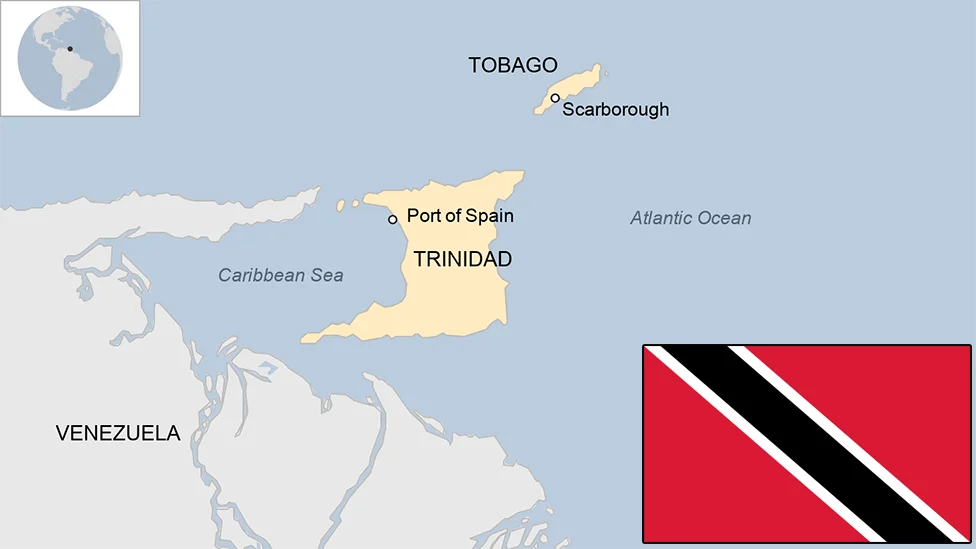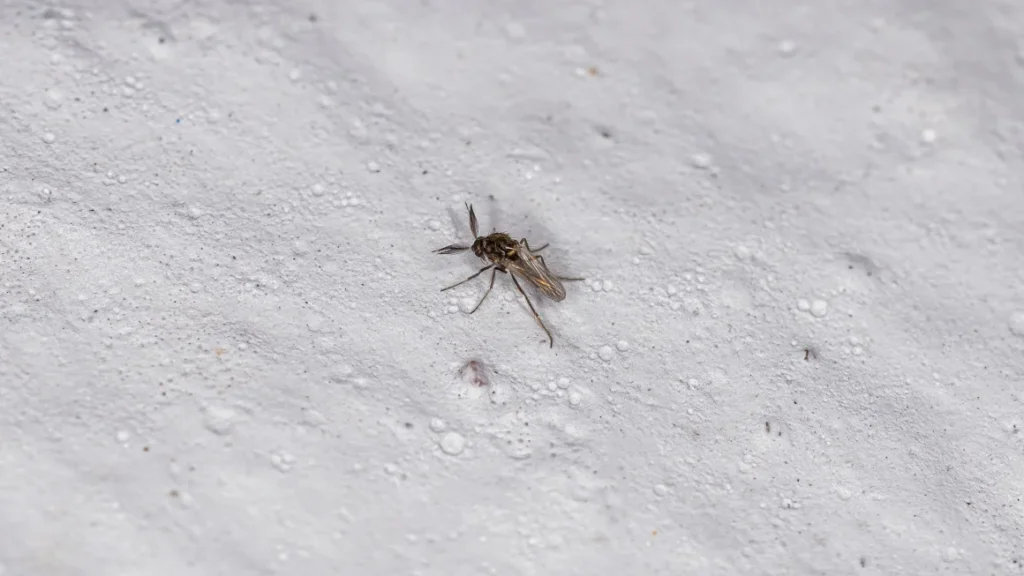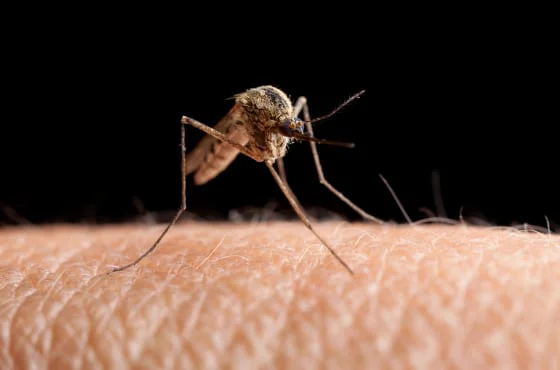A little-known disease, the Oropouche virus aka sloth fever virus, is gaining attention as it spreads across various regions, posing serious health risks. Once considered a mild illness, it has now shown its potential to become deadly, prompting health officials to issue warnings and advisories.
Table of Contents
Surge in Cases and Geographic Spread
As of August 1, more than 8,000 cases of Oropouche virus have been reported this year, predominantly in South America. However, the virus is not limited to its usual regions; it is beginning to spread to countries where it hasn’t been detected before. This includes dozens of travel-related cases in the United States and Europe, signaling a troubling expansion of the virus’s reach.
The Pan American Health Organization (PAHO), a regional branch of the World Health Organization, has raised the public health risk level for the Americas to “high.” This escalation underscores the seriousness of the situation, particularly as the disease, historically mild, is now showing more severe manifestations. In a recent statement, PAHO emphasized the need for increased surveillance and deeper investigation into the potential for more severe outcomes.
CDC Advisory and Recent Cases in the U.S.
The U.S. Centers for Disease Control and Prevention (CDC) has responded to the growing threat by issuing a health advisory. This alert urges healthcare providers and public health authorities to stay vigilant for new cases. Additionally, the CDC recommends that pregnant women avoid travel to areas where the virus is active, due to the potential risks it poses to pregnancy.
Notably, at least 21 U.S. travelers returning from Cuba have tested positive for Oropouche virus, according to a recent report by the CDC. This has further fueled concerns about the virus’s spread beyond its traditional confines.
Understanding the Oropouche Virus
Origin and History

The Oropouche virus was first identified in a village in Trinidad and Tobago in 1955, named after the area where it was discovered. Since then, about 500,000 cases have been recorded, though the disease remains relatively under-researched. Even The Lancet medical journal has referred to it as a “mysterious threat” in a recent editorial.
Symptoms and Complications
Approximately 60% of those infected with the Oropouche virus exhibit symptoms. These symptoms are similar to those caused by other mosquito-borne illnesses like dengue or Zika. Common symptoms include:
- Sudden onset of fever
- Chills
- Headache
- Muscle pain
- Joint stiffness
Other symptoms might include eye pain, sensitivity to light, nausea, vomiting, diarrhea, fatigue, and rash. In rare cases, the virus can affect the nervous system, leading to severe conditions such as meningitis and encephalitis.
Although Oropouche belongs to a different viral family than Zika, it raises similar concerns, particularly regarding the potential risks to pregnant women and the unknowns surrounding its transmission and impact.
Transmission and Spread
Insect Bites as the Primary Vector
The Oropouche virus is primarily spread through insect bites, notably from biting midges—a type of tiny fly—and certain species of mosquitoes. The virus is endemic to the Amazon basin in South America, where it circulates between insects and other hosts like rodents, sloths, and birds, leading to the nickname “sloth fever.”

Also Read: Understanding Angelman Syndrome: A Rare Genetic Disorder
Visitors to these regions risk being bitten by an infected insect, potentially bringing the virus back to urban areas.
Environmental Factors Contributing to the Spread
Climate change and deforestation are significant factors in the increasing interaction between humans and infected insects, raising the risk of the virus spreading. The current outbreak has rapidly spread in both known areas of the virus and new locations. Locally acquired cases have been reported in Bolivia, Brazil, Colombia, Cuba, and Peru.
While there is no evidence of local transmission within the continental United States, the CDC notes several cases in travelers returning from affected areas. The risk of sustained local transmission in the U.S. is currently considered low. However, the risk level may be higher in places like Puerto Rico and the U.S. Virgin Islands, where the environment is more similar to that of Cuba.
Current Developments and Concerns
New Vectors and Transmission Patterns
Recent shifts in the geographic spread of the virus suggest the possibility of new vectors—organisms that carry and transmit the virus—being involved. Experts emphasize the need for more information to accurately assess areas at risk and better understand the virus’s transmission patterns.
This year has marked a significant shift, as the first deaths from Oropouche virus have been reported. Brazil, in particular, has recorded fatalities, including two young women and a middle-aged man, raising concerns about the virus’s increasing severity. Additionally, there have been cases in pregnant women that resulted in fetal death or congenital abnormalities, such as microcephaly—a rare birth defect characterized by an underdeveloped brain.
These severe outcomes might be linked to the higher circulation of the virus, as more people become infected, increasing the likelihood of rare and serious symptoms or deaths.
Protective Measures
Preventing Insect Bites
Currently, there is no vaccine or specific antiviral treatment for Oropouche virus. Diagnosis can be confirmed through laboratory testing, but this is not yet available in commercial diagnostic labs. In many cases, more common viruses like dengue must first be ruled out.
To protect against Oropouche virus, it is essential to prevent insect bites. Key recommendations include:
- Avoiding outdoor activities at dawn and dusk when mosquitoes are most active.
- Wearing appropriate clothing to cover the skin.
- Using effective insect repellents.
The CDC has issued travel advisories, urging travelers to South America to take “usual precautions” and recommending “enhanced precautions” for those visiting Cuba. Pregnant women, in particular, should reconsider nonessential travel to Cuba, as the virus poses significant risks to fetal health.
Conclusion
The Oropouche virus, once a little-known disease, is emerging as a significant health concern, particularly in South America but with the potential to spread globally. The recent rise in cases, coupled with severe outcomes, highlights the need for increased awareness, research, and preventive measures. As health officials and researchers work to understand and combat this virus, it remains crucial for individuals to take precautions, especially when traveling to affected areas.




